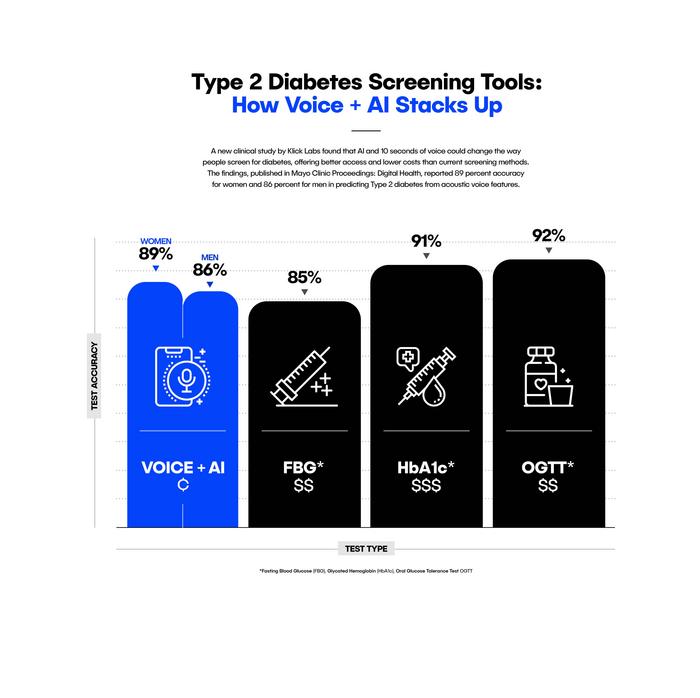In a remarkable advancement in the field of bone regeneration, a dedicated team of researchers from POSTECH has unveiled a pioneering injectable adhesive hydrogel. Spearheaded by Professor Hyung Joon Cha from the Department of Chemical Engineering and the Graduate School of Convergence Science and Technology, this innovative hydrogel technology is engineered to facilitate effective bone healing without the complications typically associated with traditional treatments. This exciting research has been published in the prominent scientific journal, Biomaterials.
Bone regeneration is a significant medical challenge, particularly in aging populations where occurrences of bone defects are rising due to a variety of factors, including trauma, congenital abnormalities, and infections. Traditional solutions often involve tedious procedures, such as bone grafting, which can be painful and involve lengthy recovery periods. The newly developed hydrogel by the POSTECH research team offers an innovative solution that addresses these challenges, allowing for a less invasive and more efficient treatment approach.
The adhesive hydrogel utilizes a unique mechanism that involves harmless visible light to induce essential chemical processes necessary for bone healing. This dual action of cross-linking and mineralization occurs simultaneously within the hydrogel, eliminating the need for separate components and the potential complications that arise from such methods. The ability of this hydrogel to operate effectively without requiring bone grafts represents a significant leap forward in regenerative medicine.
One of the primary challenges in the use of injectable hydrogels has been their stability and adherence within the body. Conventional hydrogels often struggle to maintain their shape after injection, which can impede their healing capabilities. The POSTECH team’s new hydrogel system, however, utilizes a coacervate-based formula that is immiscible in water and holds its position upon application. This property ensures that the hydrogel remains where it is needed during the critical healing process.
Utilizing a combination of alginate, a natural polysaccharide derived from brown algae, and other unique components, the hydrogel is designed to enhance both adhesion and bioactivity. When exposed to visible light, the hydrogel undergoes a robust cross-linking reaction, which effectively hardens the material and significantly improves its bonding strength. This reaction simultaneously triggers the formation of amorphous calcium phosphate, a bioactive material closely associated with bone healing, thus creating a conducive environment for new bone tissue development.
The implications of this research extend beyond just improving surgery methods. It has the potential to significantly shorten recovery time for patients experiencing bone injuries or defects. By bypassing the need for invasive grafting procedures, this innovative hydrogel could enable quicker rehabilitation and a return to normal activities for many patients. Moreover, given the adverse reactions that often accompany traditional grafting techniques, the use of this new hydrogel could lead to higher patient satisfaction and overall better health outcomes.
In preclinical trials, the hydrogel demonstrated its efficacy when tested on animal models specifically designed to replicate femoral bone defects. The results showed successful adherence and the effective delivery of essential components for bone regeneration, indicating that this technology has practical applications that could transform orthopedic treatments. The establishment of an effective and user-friendly hydrogel for bone regeneration signifies a major stride in regenerative medicine and paves the way for further research and development.
Professor Cha expressed enthusiasm about the research outcomes, emphasizing that the injectable hydrogel developed by his team represents a significant innovation in treating bone diseases. He highlighted the technology’s potential to greatly advance the field of bone tissue regeneration, stressing its potential impact on enhancing patient care in clinical settings. This research exemplifies how the combination of innovative science and technology can lead to revolutionary advancements in medical practices.
Research breakthroughs like this one often require extensive support for continued development and implementation. This particular study benefited from the backing of the Ministry of Health and Welfare’s Dental Medical Technology Research and Development Project, along with the Integrated End-to-End Medical Device R&D Project. Such support underscores the importance of funding and resources in facilitating exciting scientific breakthroughs and translating them into viable medical solutions for real-world challenges.
The application of light in medical technologies is a growing area of interest, with many researchers exploring various facets of phototherapy and photobiomodulation. The POSTECH team’s approach represents a novel integration of this technology into the realm of material science and tissue engineering. This crossover is instrumental in enhancing the functionality and performance of materials intended for medical applications.
As future studies are anticipated to further investigate the long-term outcomes of this hydrogel and its potential adaptation in various medical scenarios, the research team is optimistic about the broader implications for regenerative medicine. Continuous advancements and findings in this area could lead to improved methodologies in treating not just bone defects, but potentially other conditions requiring regenerative solutions.
This innovative injectable adhesive hydrogel stands as a testament to the relentless pursuit of scientific excellence and the collaborative efforts of researchers dedicated to advancing healthcare. Such innovations are essential in tackling the critical health challenges faced by society, especially within aging populations with increasing incidences of orthopedic issues. The prospect of translating this research from laboratory to clinic is a thrilling development that could redefine orthopedic practices in the years to come.
In conclusion, the POSTECH research team’s development of a new injectable adhesive hydrogel represents a significant advancement in bone regeneration technology. By successfully leveraging visible light to activate essential bonding and mineralization processes, the team has created a unique and potent tool for improving patient care in orthopedics. This remarkable innovation stands to alter traditional treatment paradigms, offering hope and enhanced recovery possibilities for countless individuals affected by bone defects.
Subject of Research: Injectable adhesive hydrogel technology for bone regeneration
Article Title: Visible light-induced simultaneous bioactive amorphous calcium phosphate mineralization and in situ crosslinking of coacervate-based injectable underwater adhesive hydrogels for enhanced bone regeneration
News Publication Date: 9-Nov-2024
Web References: DOI
References: None listed in the content provided.
Image Credits: Credit: POSTECH
Keywords: Bone regeneration, injectable hydrogel, visible light, cross-linking, mineralization, orthopedic treatments, regenerative medicine, alginate, biocompatibility, tissue engineering.
Discover more from Science
Subscribe to get the latest posts sent to your email.








No Comments
Leave a comment Cancel